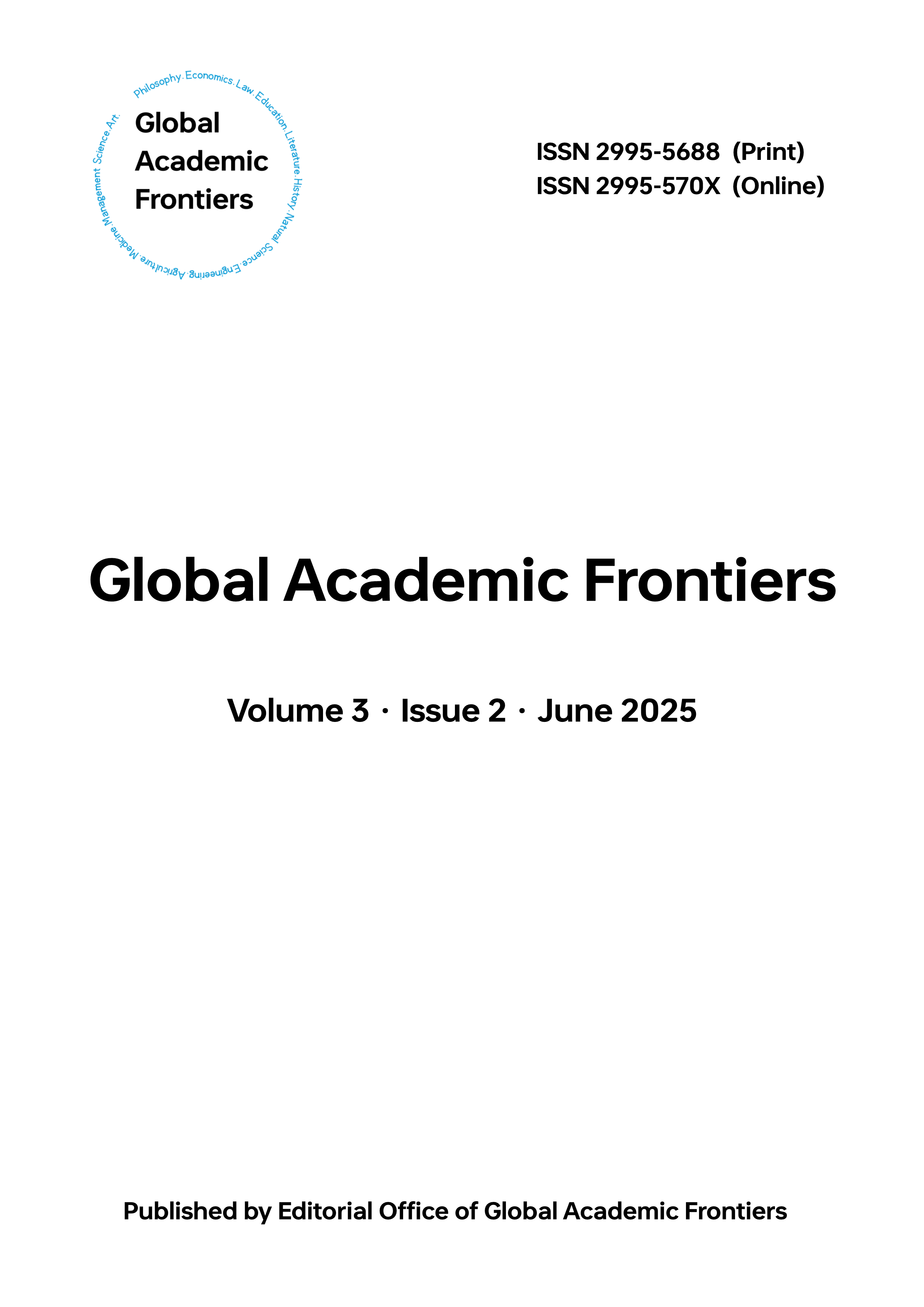Research on the green extraction process and high-value application of amino acids based on synthetic biology in tea dry cakes
DOI:
https://doi.org/10.5281/zenodo.15583049Keywords:
synthetic biology, Tea dry cake, amino acids, extraction process, Circulating extraction deviceAbstract
As the main by-product of tea seed oil extraction, tea dry cake is rich in amino acid resources, but its complex cellulose-lignin structure limits the efficient release of amino acids. In this study, an engineered strain of Corynebacterium glutamicum was constructed based on synthetic biology techniques Combined with the high-efficiency amino acid circulation extraction device (patent number: CN202310001234), the efficient extraction of free amino acids is realized. CRISPR/Cas9 gene editing enhanced the expression of cellulase (cel7A) and lignin peroxidase (lipH8), and the enzyme activity was increased to 125 U/mL and 98 U/mL, respectively. Combined with dynamic nozzle positioning (accuracy ±1 mm), multi-stage filtration (0.45μm filter element) and fin heat dissipation system (temperature control ≤35°C), the total extraction rate of amino acids reached 85.7%, and the purity was 95.3%, which was 52% more efficient than the traditional extraction method. The cleaning rate of the extracted amino acid compound detergent is 85% at 25°C, which is 23% higher than that of traditional APG. This study provides a green and efficient industrialization solution for the recycling of tea dry cakes.
Downloads
References
Development of a CRISPR/Cas9 genome editing toolbox for Corynebacterium glutamicum[J]. Jiao Liu;;Yu Wang;;Yujiao Lu;;Ping Zheng;;Jibin Sun;;Yanhe Ma.Microbial Cell Factories,2017(1)
A new genome-scale metabolic model of Corynebacterium glutamicum and its application[J]. Yu Zhang;;Jingyi Cai;;Xiuling Shang;;Bo Wang;;Shuwen Liu;;Xin Chai;;Tianwei Tan;;Yun Zhang;;Tingyi Wen.Biotechnology for Biofuels,2017(1)
Efficient gene editing in Corynebacterium glutamicum using the CRISPR/Cas9 system[J]. Feng Peng;;Xinyue Wang;;Yang Sun;;Guibin Dong;;Yankun Yang;;Xiuxia Liu;;Zhonghu Bai.Microbial Cell Factories,2017(1)
Ratiometric fluorescent l ‐arginine and l ‐asparagine biosensors based on the oxazine 170 perchlorate‐ethyl cellulose membrane[J]. Kido An;;Hong Dinh Duong;;Jong Il Rhee.Engineering in Life Sciences,2017(8)
CRISPR/Cas9-coupled recombineering for metabolic engineering of Corynebacterium glutamicum[J]. Jae Sung Cho;;Kyeong Rok Choi;;Cindy Pricilia Surya Prabowo;;Jae Ho Shin;;Dongsoo Yang;;Jaedong Jang;;Sang Yup Lee.Metabolic Engineering.2017
Downloads
Published
Issue
Section
License
Copyright (c) 2025 Jiang Gaojin, Peng Ying, Hongbin Xiong (Author)

This work is licensed under a Creative Commons Attribution 4.0 International License.






